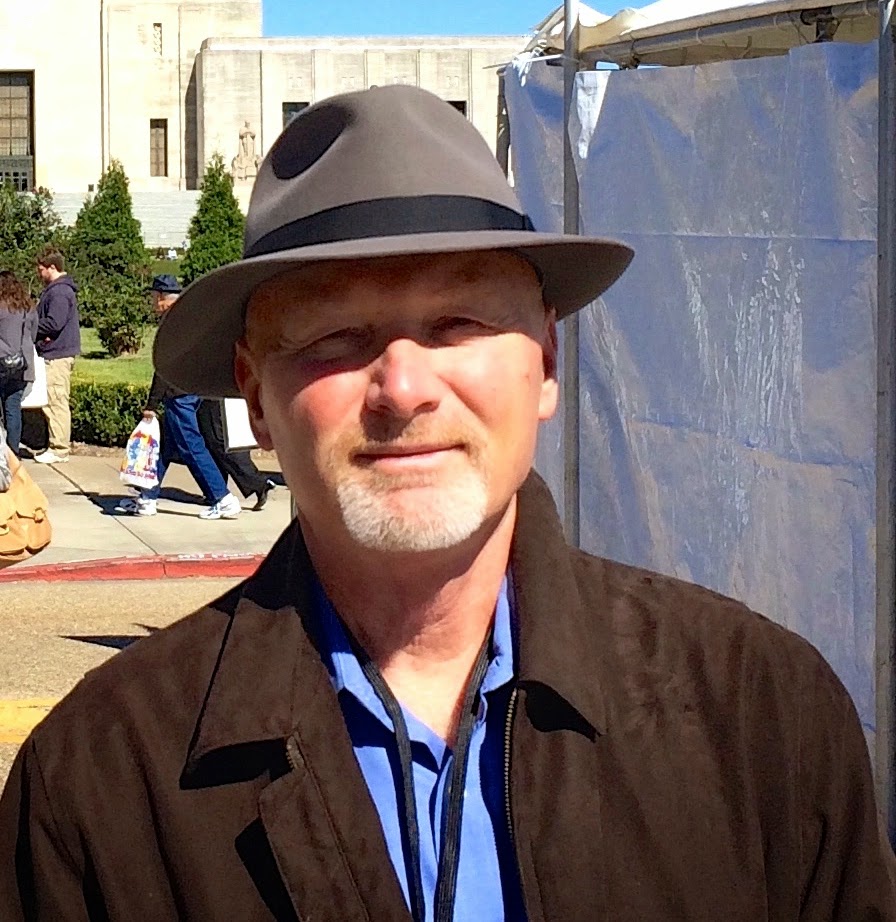The unsustainable parade
- Sunday, 22 July 2012 07:17
- Rod Davis
- Reviews
Wright’s goal, a balanced mix of the personal, historical and analytical, is to explore America’s deeply fractured attitude toward our troops and their mission. It is an uncomfortable journey. Popular and official sentiment waivers even on the most basic level — whether veterans (i.e. survivors) of national conflicts deserve more than patriotic lip-service once the shooting has stopped.
Wright traces the development of the nation’s love/ignore narrative from purposeful wars such as the Revolutionary and Civil and World War II, to those of shifting or undefined purpose, starting with perhaps the most brutal, the Korean War. Following that “forgotten” template to all that followed, Wright takes up the Vietnam War, which opened the country’s greatest civilian-military chasm, and then notes the re-emergent pattern with Iraq and Afghanistan.
Wright is scrupulous in concentrating on exactly what the title says — those who have borne the battles — rather than those who have sent them to do so. That is, us. But he doesn’t shy from the connection: “Wars may sometimes be necessary, even unavoidable, but for those who must decide necessity, it need always to be remembered that fighting in wars means dying in wars.”
On every battlefield, every ship, every flight crew, those who serve put the talk into action. Wright, himself a veteran, makes a good case that one of the almost inconceivable realities of combat is that those who are engaged in it — usually quickly and in chaos — are by training focused on achieving their mission, staying alive, and keeping their comrades alive. It is arguable that this incredible concentration of will makes all combat possible. For to stop and think about the biological physics of high velocity rounds and molten explosives would be utterly unnerving.
America is and has been defined by war, and yet so few have borne this burden over the years. Just under 1 percent of our population serves on active duty in today’s all-volunteer force, and fewer than 10 percent of us are veterans of any era. A long way from the colonial concept of “citizen-soldier.” It is this imbalance that perhaps explains the divide. Combatants come home seeing things differently; and are in turn seen that way themselves. Wright’s account joins those, starting with Homer, in witness that it has ever been thus.
Even after winning independence against very long odds, the officers of the Continental Army came close to revolt when the nascent Congress tried to stiff them on benefits. The comparatively large portion of the populace that fought in the Civil War allowed discharged veterans to press their cause more successfully than in smaller conflicts. But after World War I, veterans denied promised bonuses camped out in the nation’s capital, and were forcibly routed by soldiers under the command of the likes of George Patton and Douglas MacArthur.
That ugliness was not lost on post-World War II leaders, when some 16 million service members returned from the global fronts in need of jobs, housing and education. The original GI Bill, the most ambitious national social program ever, was all but foreordained despite fierce opposition among some politicians and many academic leaders. The post-9/11 GI Bill has expanded veterans programs to an entirely new level, and the Department of Veterans Affairs, despite flaws, is better- funded and more competent than ever. Yet veterans still suffer homelessness, high unemployment, difficult job and college transitions and health issues that often haunt to the grave. An average of 18 veterans a day commit suicide; among active duty troops the rate is one per day so far this year.
Vietnam famously tangled our feelings about our military with our feelings about war and national policy. In the ensuing debates in D.C. , the Pentagon and assorted think-tanks, “No more Vietnams” translated first to more caution and then to more deployments: nation-building; counterinsurgency; pre-emptive wars. Even when doing so morphed from a “quick” victory to a decade of boots on the ground.
The boots belong to mostly young men and women, some of whom can no longer wear boots. What next for them? At the end of Dispatches, Michael Herr declared that the Vietnam War grunts among whom he had been living and reporting were “my guns.” I think it’s more accurate to say they are our national essence. They are us. We just don’t know what to do about it.
Those Who Have Borne the Battle: A History of America’s Wars and Those Who Fought Them by James Wright (Public Affairs, 2012) is available here.
Rod Davis served as an Army first lieutenant in South Korea during the Vietnam Era. A new novel, South, America, is forthcoming.




